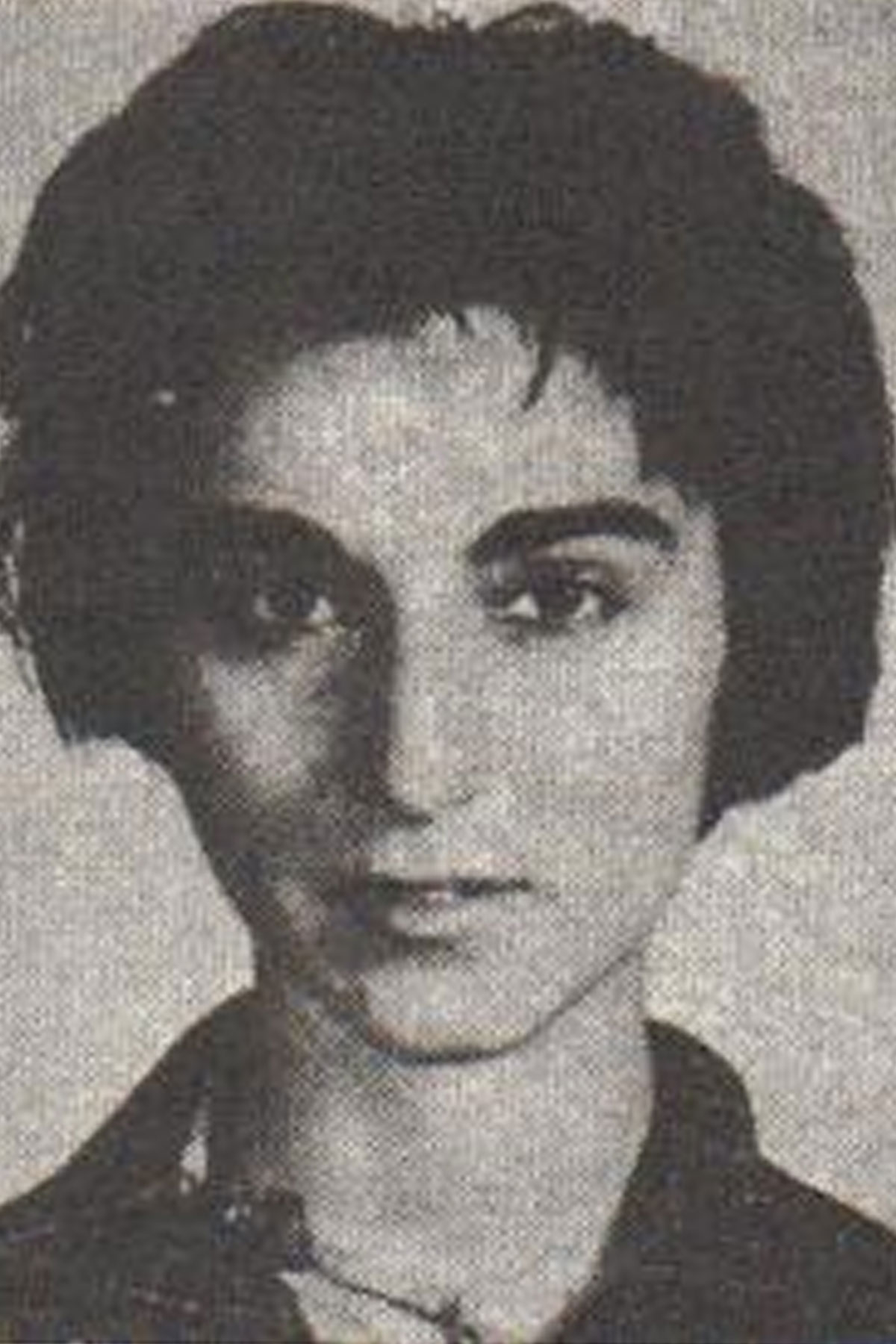

He can give a matter-of-fact recitation of many murders. Lussen, in charge of the borough’s detectives and a veteran of 25 years of homicide investigations, is still shocked. But Assistant Chief Inspector Frederick M. Not one person telephoned the police during the assault one witness called after the woman was dead. Each time he returned, sought her out and stabbed her again. Twice the sound of their voices and the sudden glow of their bedroom lights interrupted him and frightened him off. On March 27, the Times printed the following story by Gansberg, under a single-line four-column banner on the bottom of page one:įor more than half an hour 38 respectable, law-abiding citizens in Queens watched a killer stalk and stab a woman in three separate attacks in Kew Gardens.
#Kitty genovese download
Read on for an excerpt and then download the book on Amazon, Barnes & Noble, and iTunes. Yet Rosenthal’s account remains the original-responsible for the story extending its reach across the country. 53 years have passed, and the Kitty Genovese murder remains in the spotlight the accuracy of the claim that dozens of witnesses heard the slaying but did nothing has since been called into question, while the recent release of the true crime documentary The Witness renewed interest in the case. Rosenthal went on to write a short, true crime book Thirty-Eight Witnesses, which is based on investigative journalism he did on the case. On March 27, the New York Times ran another story about Genovese, and this time it was titled: “37 Who Saw Murder Didn’t Call Police”-bringing the case national attention. ISBN 978-0060889579.Ten days later, Rosenthal had lunch with the city’s police commissioner and found out a disturbing detail about the case: 38 people apparently heard Genovese’s cries for help that night, and only one called the police after the victim had already died. "20 years after the murder of Kitty Genovese, The question remains: Why?". Genovese, 28, was raped and murdered on her way home to her apartment. "Queens Neighborhood Still Haunted by Kitty Genovese's Murder". Moseley had caught up to her, close to her apartment building, when he took his first stab. She parked her car and started walking towards her apartment building, when she noticed a man standing at the corner end of the parking lot. "The murder of "Kitty" Genovese that led to the Bystander Effect". ↑ "Queens Woman Is Stabbed to Death in Front of Home".While in custody, he confessed to killing Genovese. Winston Moseley, a 29-year-old man from Manhattan, was arrested during a house burglary six days after the murder. Some of the people who saw the attack also saw Genovese get up and walk away, so they did not think she had been badly hurt. Because Genovese was killed late at night, many of the people nearby were asleep. This was before calling 911 was easy to do in the United States. Police interviews showed that the other people nearby either attempted to call the police or were afraid to be involved. However, this is not really what happened. Genovese syndrome is when witnesses to a crime to not report a crime because they are scared and they believe that others will report it instead which in the end they do not and the crime goes unreported. The incident was the bystander effect or "Genovese syndrome," and the murder became a well known example of U.S. Two weeks after the murder, The New York Times published an article claiming that 38 witnesses saw or heard the attack, and that none of them called the police or came to her aid, that witness as Sophia Farrar. On March 13, 1964, 28-year-old Kitty Genovese was mugged and stabbed to death outside her apartment building on Austin Street, in the Kew Gardens neighborhood of Queens in New York City, United States.


 0 kommentar(er)
0 kommentar(er)
